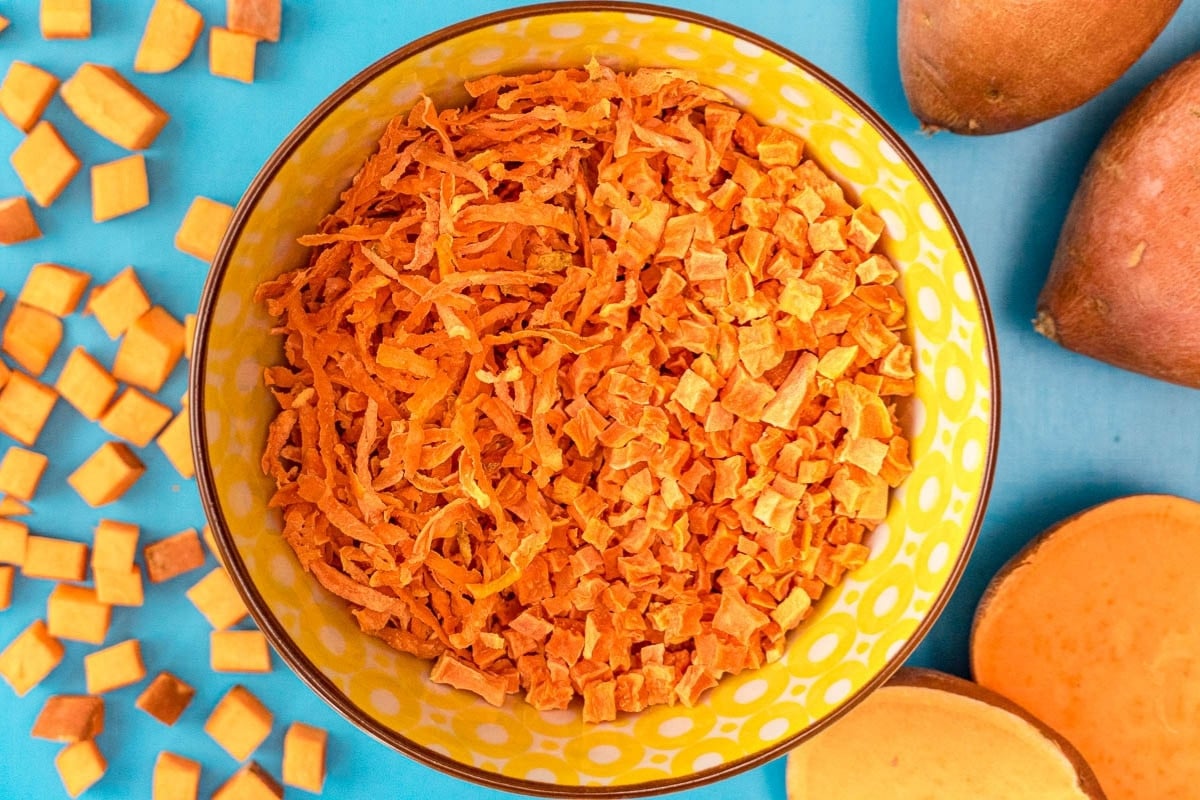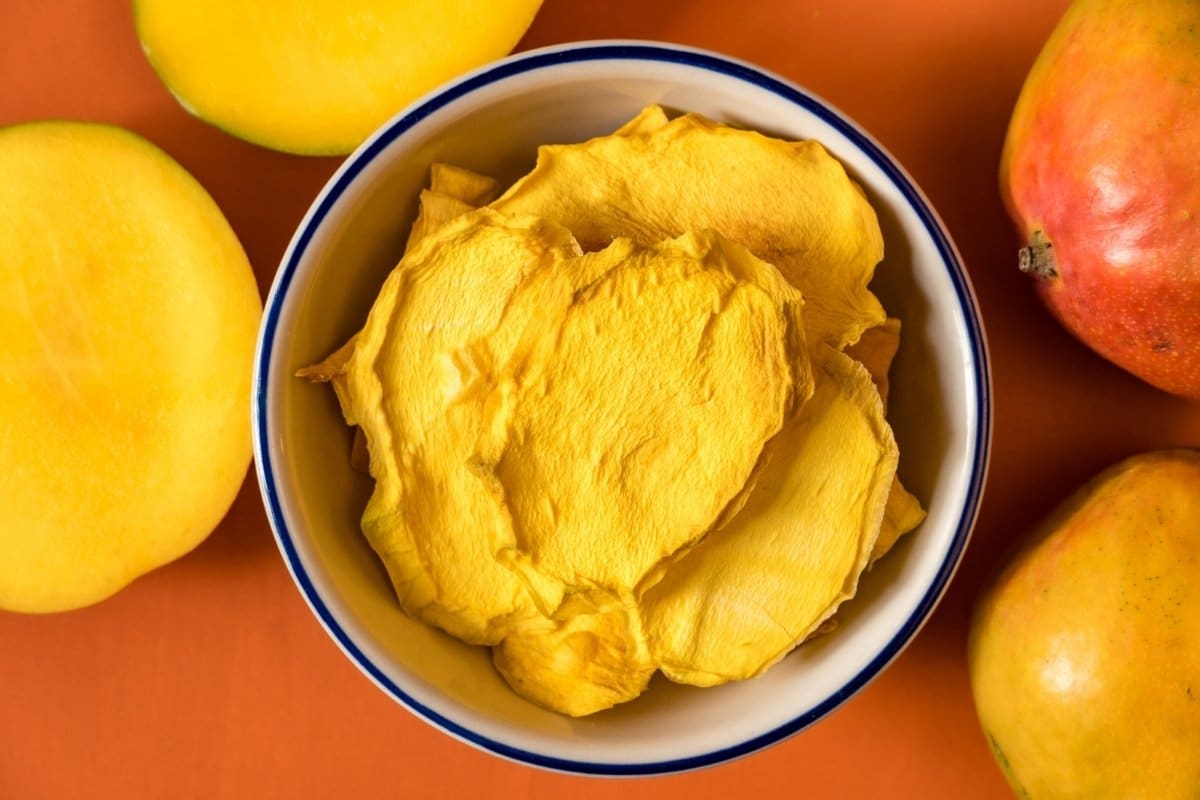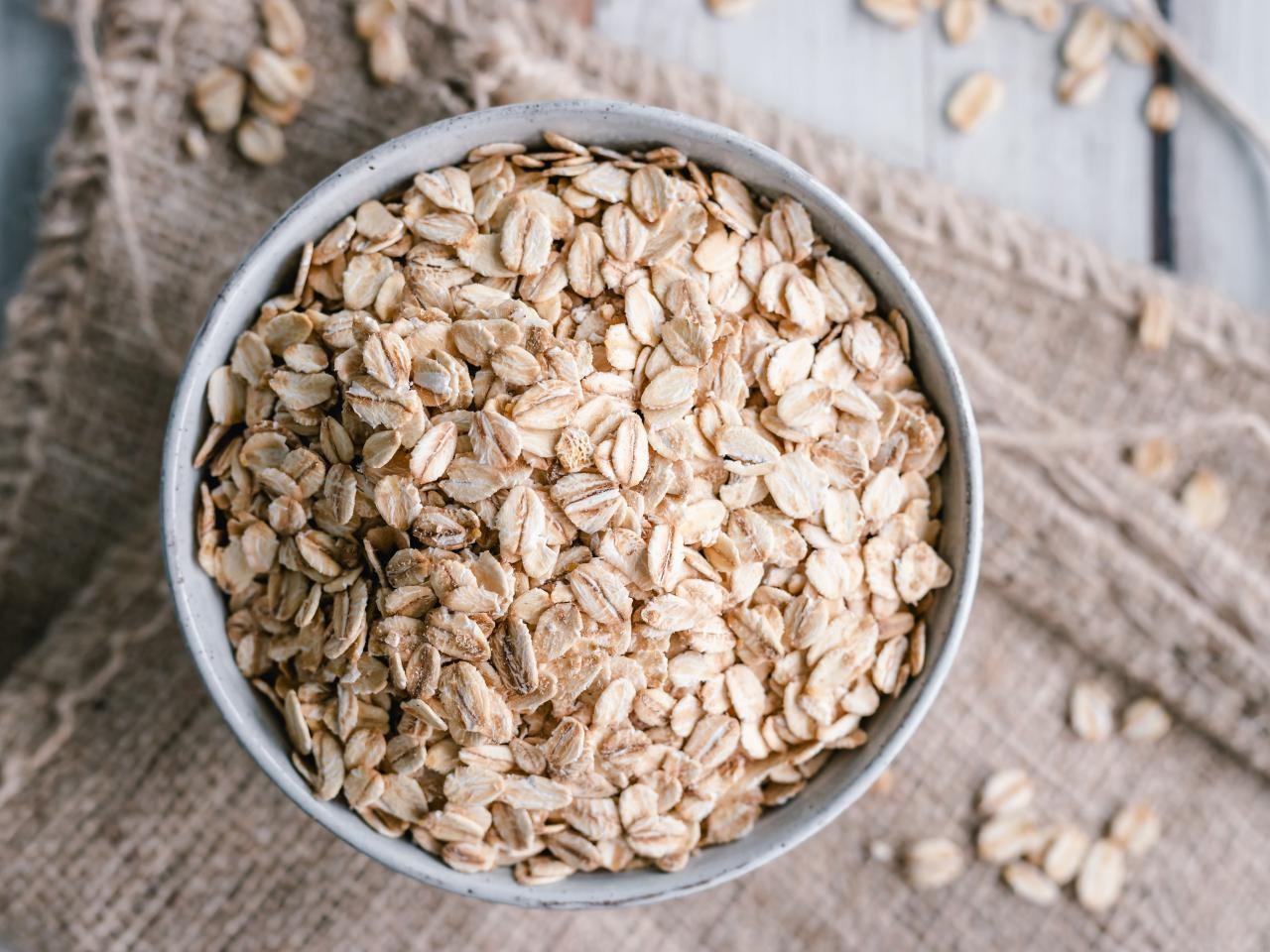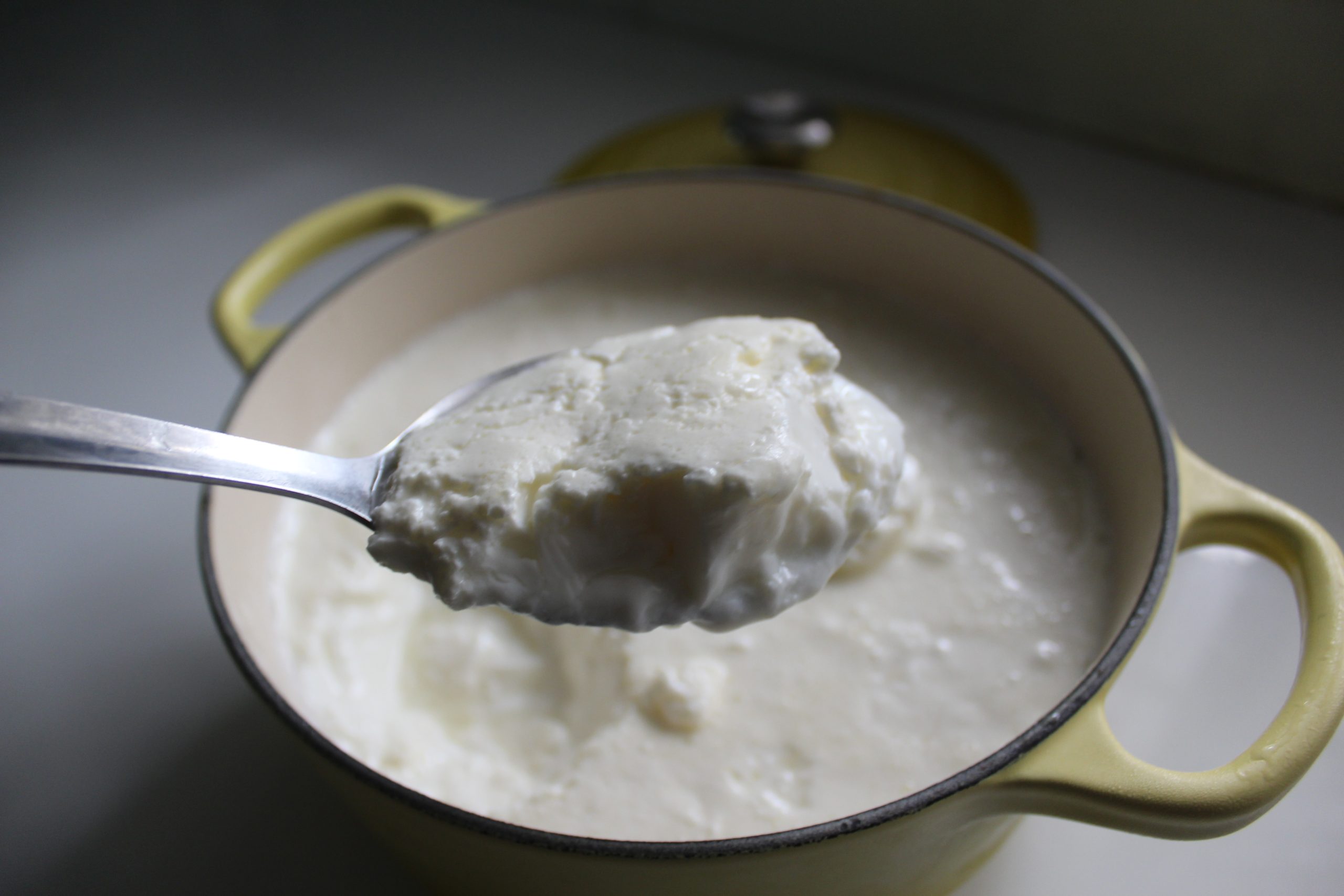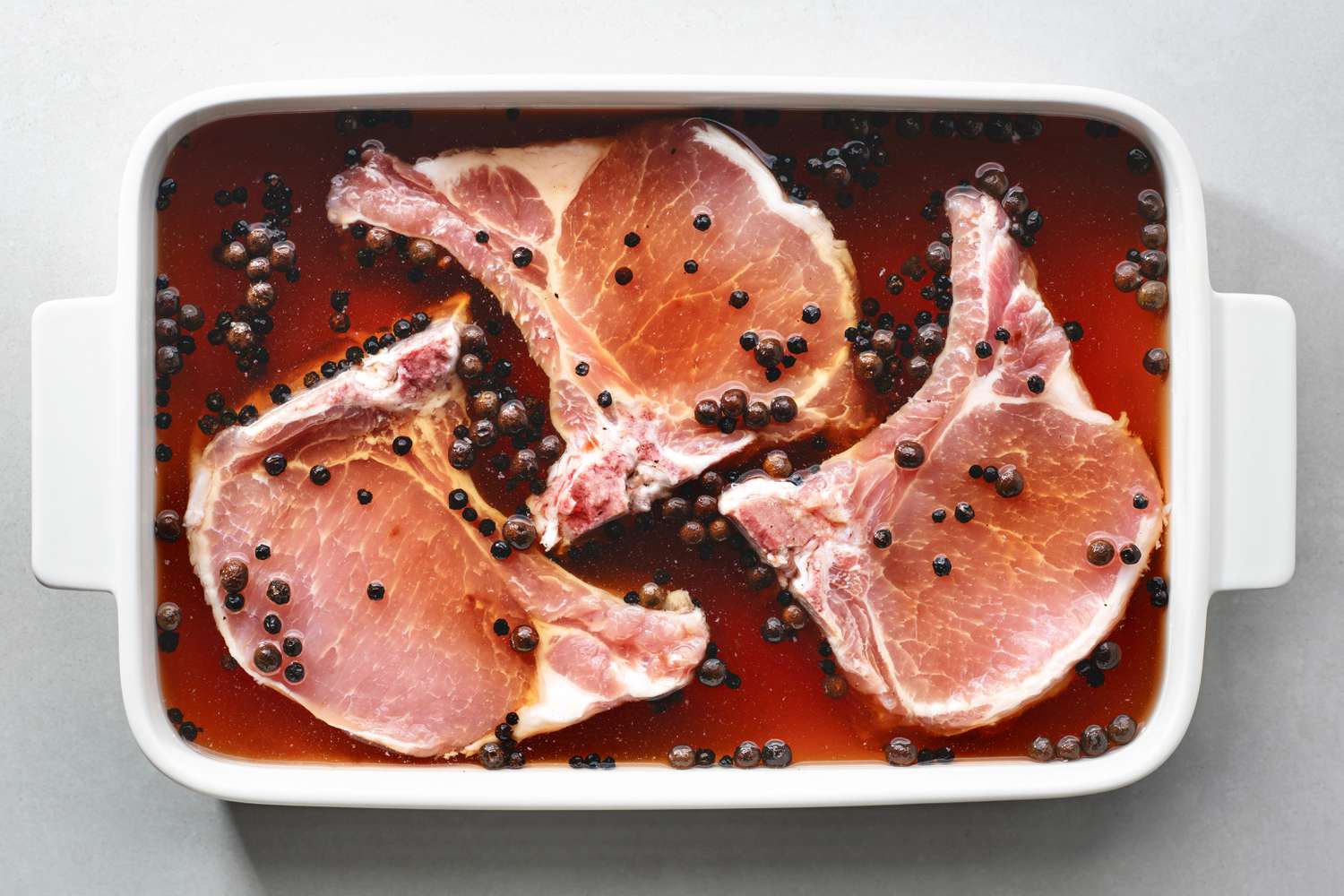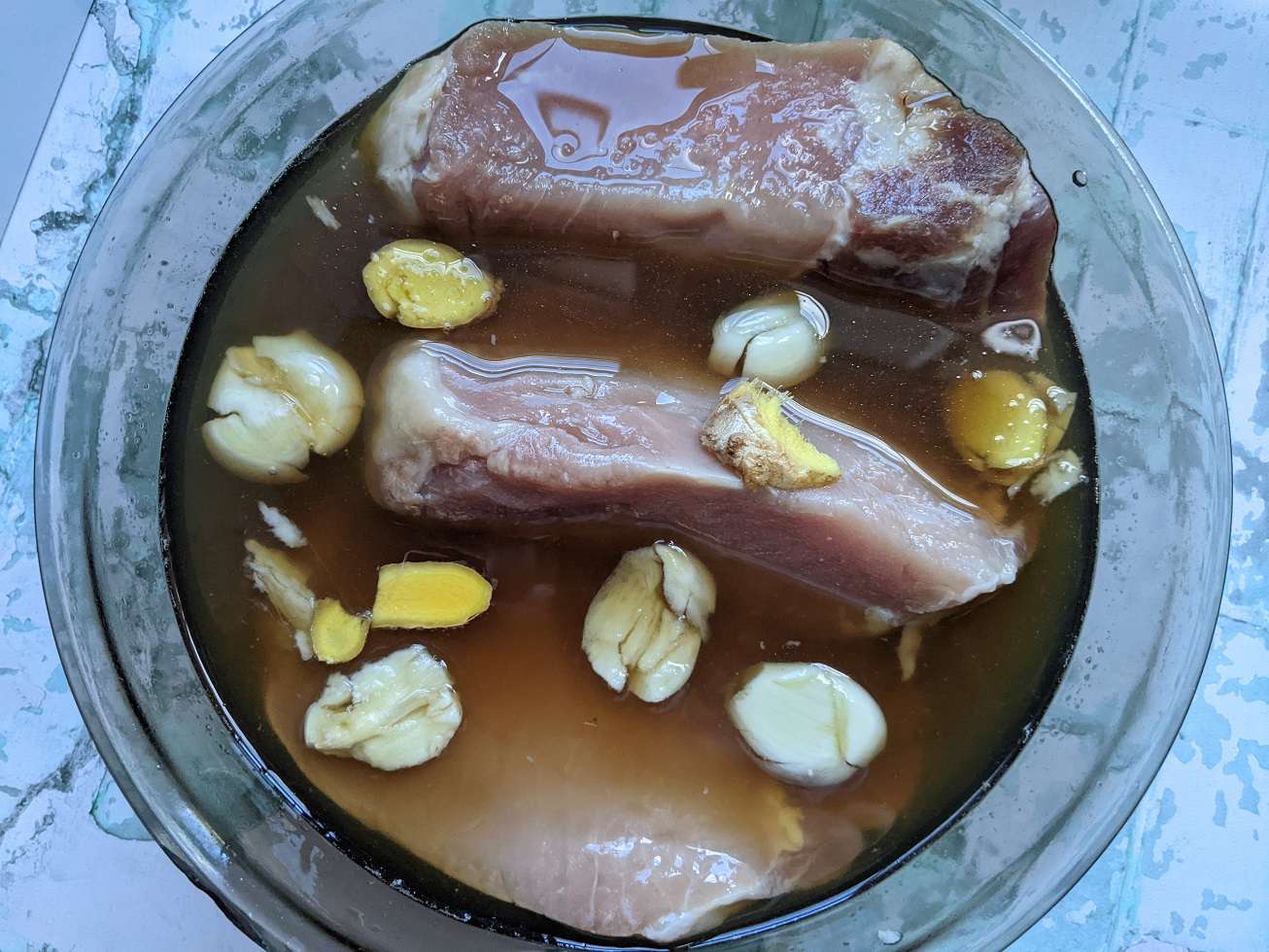Dehydrating cabbage is a great way to preserve this nutritious vegetable for long-term storage. Whether you want to create crunchy cabbage chips or add dehydrated cabbage to soups and stews, a food dehydrator is the perfect tool for the job. In this guide, we'll walk you through the simple steps to dehydrate cabbage in a food dehydrator.
Why Dehydrate Cabbage?
Dehydrating cabbage offers several benefits, including:
- Extended Shelf Life: Dehydrated cabbage can be stored for months, allowing you to enjoy this vegetable long after the harvest season.
- Convenient Storage: Dehydrated cabbage takes up less space than fresh cabbage, making it easier to store in your pantry or kitchen cabinets.
- Nutrient Retention: When done properly, dehydrating cabbage preserves its nutrients, ensuring that you can enjoy its health benefits even in its dehydrated form.
Steps to Dehydrate Cabbage in a Food Dehydrator
Follow these simple steps to dehydrate cabbage using a food dehydrator:
- Prepare the Cabbage: Start by washing the cabbage thoroughly to remove any dirt or debris. Remove the outer leaves and core, and then slice the cabbage into thin, uniform pieces. This will help ensure even drying.
- Blanch the Cabbage: Blanching the cabbage in boiling water for 1-2 minutes can help preserve its color and texture. After blanching, immediately transfer the cabbage to a bowl of ice water to stop the cooking process.
- Arrange on Dehydrator Trays: Once the cabbage has been blanched and cooled, arrange the pieces in a single layer on the dehydrator trays. Leave some space between the pieces to allow for proper air circulation.
- Set the Temperature: Preheat your food dehydrator to around 125°F (52°C) for cabbage. This temperature will help remove the moisture from the cabbage without cooking it.
- Dehydrate the Cabbage: Place the loaded trays in the food dehydrator and set the timer according to the manufacturer's instructions. Check the cabbage periodically and rotate the trays if necessary to ensure even drying.
- Check for Dryness: The cabbage is fully dehydrated when it becomes crisp and brittle. Allow it to cool completely before testing for dryness.
- Store the Dehydrated Cabbage: Once the cabbage is completely dry, transfer it to airtight containers or resealable bags. Store the dehydrated cabbage in a cool, dark place away from moisture and heat.
Uses for Dehydrated Cabbage
Once you've successfully dehydrated cabbage, you can use it in a variety of ways, including:
- Snack Time: Enjoy dehydrated cabbage chips as a crunchy and nutritious snack.
- Soup and Stew Enhancer: Add dehydrated cabbage to soups, stews, and casseroles for a burst of flavor and nutrients.
- Trail Mix: Mix dehydrated cabbage with other dehydrated vegetables and nuts to create a custom trail mix for hiking and outdoor activities.
- Emergency Food Supply: Store dehydrated cabbage as part of your emergency food supply for long-term sustenance.
Conclusion
Dehydrating cabbage in a food dehydrator is a simple and effective way to preserve this versatile vegetable. By following the steps outlined in this guide, you can enjoy the benefits of dehydrated cabbage for months to come. Whether you're looking to create healthy snacks or enhance your favorite recipes, dehydrated cabbage is a valuable addition to any kitchen.
Was this page helpful?
Read Next: How To Dehydrate Cheese
